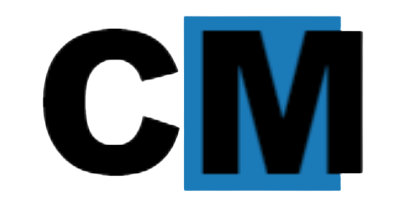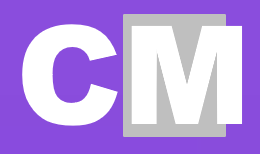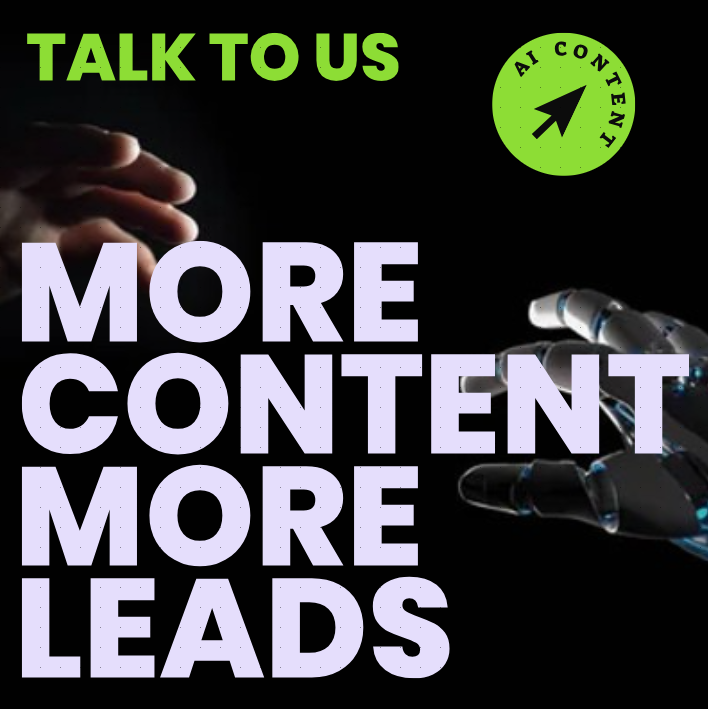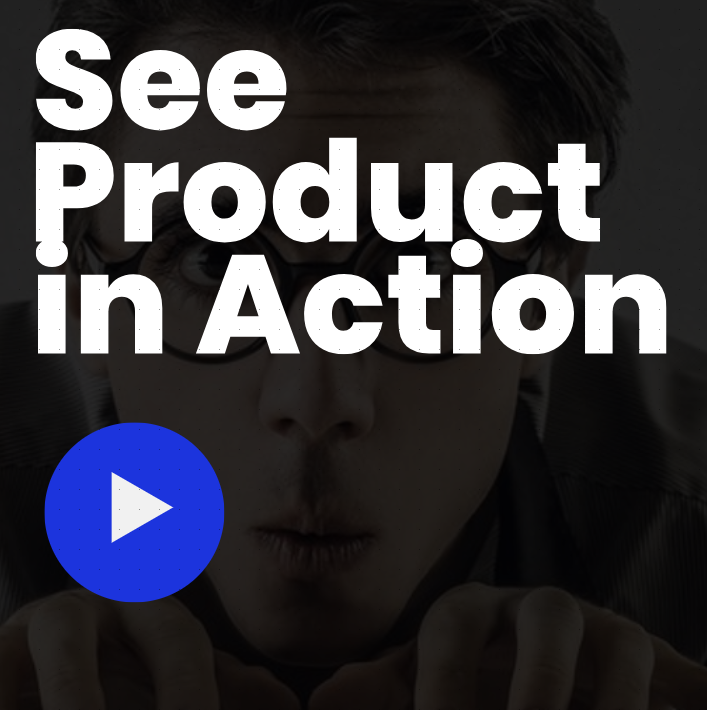
How Do I Start A Blog
Do you want to harness the power of blogging to boost your online presence and attract more customers to your business? Creating a compelling blog can be a game-changer in today’s digital landscape. With the right content management system (CMS) and effective SEO strategies, you can establish yourself as an authority in your industry and drive significant traffic to your website. If you’ve chosen WIX as your CMS, you’re on the right path to building a stunning blog. In this comprehensive guide, we will delve into the steps to start a blog with WIX CMS and explore how integrating AI-driven content creation tools, such as ContentMassive, can supercharge your SEO efforts and help you generate high-quality content at scale.
The Power of Blogging and SEO
Blogging has evolved from being a personal online journal to an indispensable tool for businesses to connect with their audience, establish thought leadership, and drive organic traffic to their websites. With the rise of content marketing, blogging has become an essential component of digital marketing strategies, offering a platform for businesses to share valuable insights, engage with their audience, and improve their search engine rankings.
Search Engine Optimization (SEO) is the cornerstone of driving organic traffic to your blog. By optimizing your blog content for relevant keywords, improving site structure, and earning high-quality backlinks, you can enhance your website’s visibility in search engine results pages (SERPs) and attract more potential customers. As a marketer, realizing the symbiotic relationship between blogging and SEO is crucial for achieving long-term success in the digital realm.
Getting Started with WIX CMS: Setting Up Your Blog
Before diving into content creation, you need to set up your blog using WIX CMS. WIX offers an intuitive and user-friendly platform that simplifies the process of designing and managing a professional website. To start your blog with WIX, follow these steps:
1. Choose a WIX Plan: Select a WIX plan that aligns with your blogging needs. Whether you’re a small business, an e-commerce site, or a personal brand, WIX offers a range of plans tailored to different requirements.
2. Select a Template: WIX provides a diverse collection of visually striking templates designed for blogs. Choose a template that resonates with your brand identity and offers the features you need for seamless blogging.
3. Customize Your Blog: Personalize your blog by customizing the layout, fonts, colors, and overall design to reflect your brand’s aesthetics. WIX’s drag-and-drop editor makes the customization process effortless and enjoyable.
4. Set Up Blog Pages: Create essential pages for your blog, such as the home page, about page, contact page, and any other relevant sections. Organize your blog’s navigation to ensure a user-friendly experience.
5. Configure SEO Settings: Optimize your blog for search engines by configuring SEO settings within WIX. This includes meta titles, meta descriptions, and other on-page optimization elements to improve your blog’s visibility.
Leveraging ContentMassive for AI-Powered SEO Content Creation
Creating high-quality content consistently is a challenge for many bloggers and businesses. This is where advanced technologies, such as artificial intelligence (AI), can revolutionize your content creation process. ContentMassive is an AI-driven content generation platform that empowers you to produce SEO-optimized articles, blog posts, and website content at scale.
By integrating ContentMassive with your WIX CMS, you gain access to a powerful tool that can generate engaging, relevant, and SEO-friendly content tailored to your specific industry and audience. ContentMassive utilizes natural language processing and machine learning algorithms to understand search intent and produce content that resonates with both readers and search engines. The platform offers a seamless integration with WIX, enabling you to streamline your content creation workflow and elevate your blog’s SEO performance.
Optimizing Your Blog Content for SEO Success
Once your blog is set up on WIX and you’ve integrated ContentMassive, it’s time to focus on optimizing your content for SEO. Here are some essential strategies to maximize the visibility and impact of your blog through SEO:
1. Keyword Research: Identify relevant keywords and long-tail phrases that align with your blog’s topics and your target audience’s search queries. Tools like Google Keyword Planner, SEMrush, and Ahrefs can assist in finding valuable keywords with high search volume and manageable competition.
2. Content Creation: Leverage ContentMassive to produce well-researched, comprehensive blog posts that address key topics within your industry. Ensure your content provides valuable insights, answers common questions, and delivers a unique perspective to engage your audience.
3. On-Page Optimization: Utilize WIX’s SEO tools and ContentMassive’s recommendations to optimize your blog posts for on-page SEO elements, including meta titles, meta descriptions, heading tags, and internal linking. Craft compelling meta descriptions that entice users to click through to your blog from search results.
4. Image SEO: Enhance your blog posts with visually appealing images and infographics. Optimize image file names and alt text to make them search engine-friendly and improve accessibility.
5. Regular Publishing Schedule: Consistency is key in blogging. Establish a regular publishing schedule to keep your audience engaged and signal to search engines that your blog is consistently offering fresh, valuable content.
Concluding concepts
Starting a blog with WIX CMS and optimizing it for SEO are essential steps for businesses seeking to expand their online presence and attract more customers. By harnessing the power of advanced technologies like AI-driven content creation tools, including ContentMassive, businesses can streamline their content production process and significantly improve their blog’s SEO performance. With the right strategies and tools in place, your blog can become a powerful asset for driving organic traffic, establishing thought leadership, and ultimately driving more business to your website.




